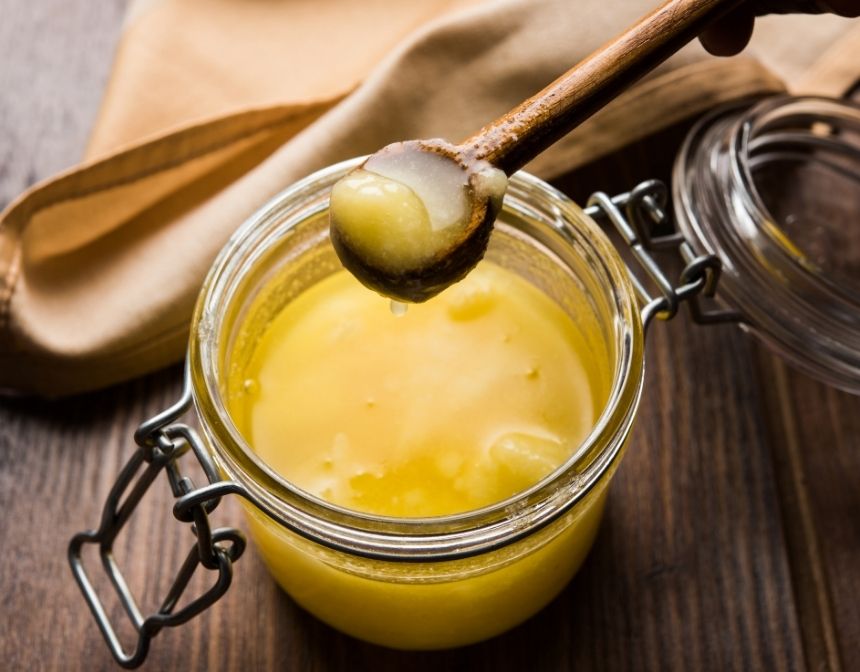The Origin of Gajar ka Halwa
Gajar ka Halwa, often known in English as "carrot halwa," traces its origins to North India, where a plethora of desserts evolved over centuries under various dynasties and empires. Rooted deeply in Indian culinary tradition, carrot halwa has been a beloved sweet treat for generations, especially during winter when red carrots are in abundance. Its name derives from Arabic words: "Halwa" means "sweet" and "Gajar" is the Hindi term for carrots. This delectable dish manages to maintain its popularity even today, often being the centerpiece of many festive occasions and family gatherings.
Variations and Evolution
Over time, the classic carrot halwa recipe has witnessed numerous variations, adapting to regional preferences and available ingredients. While North India primarily uses red or Delhi carrots, the South Indian version might incorporate the more commonly available orange carrots. Some chefs and households have also experimented with milk alternatives like almond or coconut milk to cater to vegan requirements. With the advent of modern cooking methods, people now prepare carrot halwa in microwaves, pressure cookers, and even slow cookers.
Carrot Halwa's Significance
One cannot emphasize enough the cultural and emotional significance of Gajar ka Halwa in Indian households. It's not just a dessert; it's a warm bowl of memories, a symbol of love, care, and festivity. Winter months, especially, seem incomplete without the aroma of simmering carrot halwa filling homes. For many, it's a reminder of childhood, of grandmothers lovingly preparing the dish, and of family times spent together, enjoying every spoonful. Whether you follow a traditional carrot halwa recipe or a modern twist, the essence remains the same: it's a dish made with love, patience, and a lot of heart.
Is Gajar Ka Halwa Healthy?
Gajar ka Halwa, a delectable carrot-based dessert, is rich in flavor and texture. When considering its health attributes, various factors come into play:
1. Nutrient Content:
Carrots: The primary ingredient in the dessert is carrots, which are rich in vitamin A, dietary fiber, antioxidants, and various essential minerals. Vitamin A is excellent for vision, skin health, and boosting immunity.
Milk: Often made with full-fat milk, Gajar ka Halwa benefits from the calcium and protein provided by the milk.
2. Sugar and Fats:
The dessert contains sugar and ghee (clarified butter) or other fats which add to its calorie content. Ghee, while healthier than many other fats due to its richness in essential fatty acids, still needs to be consumed in moderation.
Some recipes may replace white sugar with jaggery or other natural sweeteners, which might offer additional minerals and nutrients.
3. Add-ons:
Many recipes include nuts like almonds, cashews, and pistachios, increasing the protein, healthy fat, and micronutrient content. Raisins might also be added, contributing to the dish's natural sweetness and iron content.
4. Portion Control:
Like any dessert, the key is moderation. Enjoying a small portion can provide the health benefits without overindulging in sugar and calories.
5. Preparation Methods:
Traditional methods of slow-cooking retain the nutritional content of the carrots. However, the addition of significant amounts of ghee, sugar, and full-fat milk can make it calorie-dense.
In conclusion, while Gajar ka Halwa does contain healthful ingredients and offers certain nutritional benefits, it's best viewed as an occasional treat rather than a regular dietary staple due to its high sugar and fat content. If health is a concern, one can always modify the recipe, using less sugar and ghee or substituting with healthier alternatives.
Why Gajar Ka Halwa Is So Tasty?
Gajar Ka Halwa's undeniable deliciousness is rooted in its combination of ingredients, cooking techniques, and cultural significance. Here's a deeper look into why this Indian dessert is so delectable:
Natural Sweetness of Carrots: Red or orange carrots, which are typically used in this dish, have a natural sweetness that gets intensified when cooked down. This inherent sweetness complements the added sugar, creating a balance that isn't overpoweringly sweet.
Richness from Dairy: Full-fat milk or condensed milk contributes a creamy texture and richness to the halwa. As the milk reduces during the slow-cooking process, it thickens and becomes more flavorful.
Ghee's Magic: Ghee, or clarified butter, is a staple in Indian desserts. It lends a unique depth of flavor, a rich aroma, and a wonderful mouthfeel to Gajar Ka Halwa.
Nuts and Dried Fruits: The addition of almonds, cashews, raisins, and sometimes pistachios gives the halwa a delightful crunch and an added layer of flavor. They not only enhance the taste but also make the dessert visually appealing.
Spices: Cardamom, a commonly used spice in the preparation of Gajar Ka Halwa, imparts a fragrant aroma and an exotic flavor that elevates the dessert.
Slow Cooking: The traditional method involves slow-cooking grated carrots in milk for an extended period. This technique allows the flavors to meld together and deepen, making the halwa irresistibly tasty.
Cultural and Emotional Significance: In many Indian households, Gajar Ka Halwa is a staple during festivals, special occasions, and cold winter months. The emotional and cultural associations with family gatherings, celebrations, and nostalgia add to its special taste.
Versatility: While there's a classic way of preparing it, Gajar Ka Halwa can be adapted with various ingredients, such as coconut, khoya (reduced milk), or even saffron, allowing for a play of flavors and textures.
In essence, the combination of fresh ingredients, traditional cooking methods, and the cultural significance of Gajar Ka Halwa all play a role in making it a beloved and delectable dessert in the Indian subcontinent.
Can I Eat Gajar Ka Halwa In Breakfast?
Certainly! While Gajar Ka Halwa (Carrot Halwa) is traditionally served as a dessert, there's no rule that prohibits it from being enjoyed as a breakfast dish. Here are some reasons why it could be a delightful breakfast option:
Energizing Start: Gajar Ka Halwa is calorie-dense due to its sugar, ghee, and dried fruit content, which can provide a quick energy boost to start your day.
Nutrient-Rich: Carrots are a good source of vitamins, minerals, and fiber. Combined with nuts and dried fruits, you're also getting a dose of healthy fats and proteins.
Warm and Comforting: Especially during colder months, a warm bowl of Gajar Ka Halwa can be a comforting and satiating way to begin the day.
Sweet Breakfasts: Many cultures around the world enjoy sweet breakfasts, be it pancakes, waffles, pastries, or porridge. Gajar Ka Halwa can fit right into this category of sweet morning delights.
Pairing Options: You can pair Gajar Ka Halwa with savory Indian breakfast items like parathas or puris to create a balanced meal. Alternatively, you can have it with a side of yogurt to offset the sweetness and add a creamy texture.
However, it's essential to keep in mind the portion size. Given that Gajar Ka Halwa is rich in sugar and ghee, moderation is key. If you're watching your calorie intake or have specific dietary restrictions, enjoy a smaller serving. But if you're in the mood for a special treat to start your day, go ahead and relish a bowl of Gajar Ka Halwa for breakfast!







































